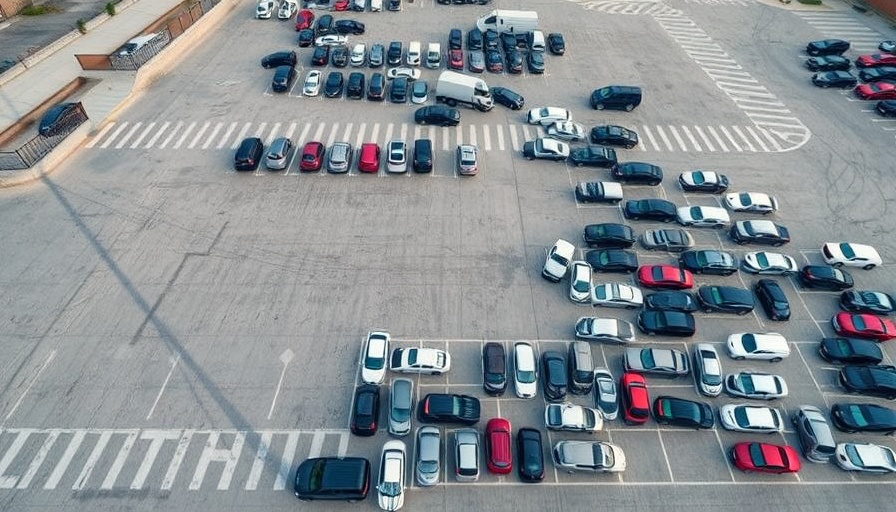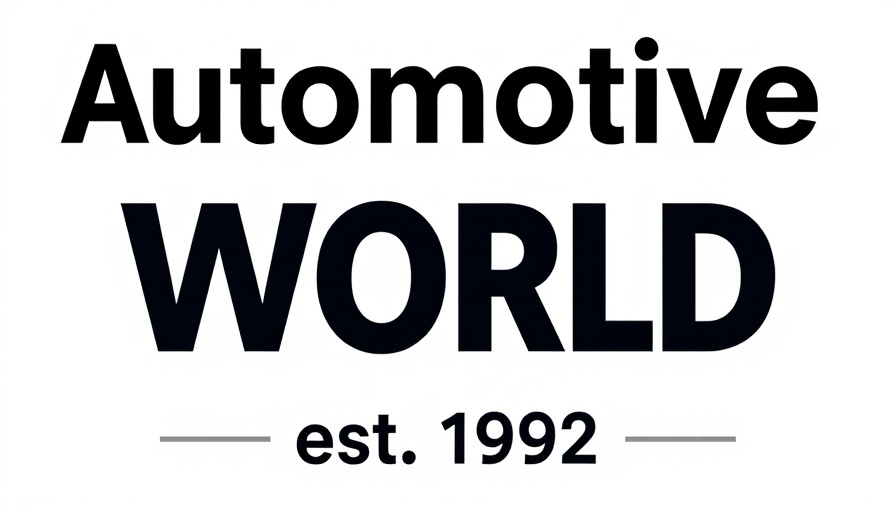
The Changing Landscape of Vehicle Sales: A 2025 Forecast
As we step into 2025, the automotive industry is experiencing a significant shift. With new vehicle sales projected to reach 16.3 million units, representing a 1.9% year-over-year increase, dealerships are anticipating an uptick in sales. However, this increase in sales volume comes with a caveat: traditionally high dealer profits may take a hit as manufacturers ramp up incentives and promotional strategies to attract buyers.
The Rise of Sales Incentives
The rising sales figures can be attributed largely to inflated incentives from automakers, designed to lure consumers back to dealerships amid a competitive market dominated by electric vehicles and alternative mobility options. Dealerships are expected to see an increase in consumer traffic, but the corresponding rise in discounts and deals may lead to reduced profitability across the board.
Profit Margin Pressures
As sales incentives increase, dealers might find their profit margins squeezed. With manufacturers eager to push inventory amid an evolving market landscape, the pressure to shorten vehicle turnover lapses will compel dealers to offer more significant price breaks. This strategic maneuver might boost the unit sales but could lead to decreased overall profitability and tighter margins for dealerships.
Strategic Implications for Dealerships
Dealerships, particularly dealership principals and general managers, must adopt new strategies to maximize revenues even as profit margins shrink. Enhancing services in Fixed Operations, investing in customer engagement technologies, and focusing on the used vehicle market could provide a buffer against potential losses. Moreover, embracing technological advancements in sales processes might create efficiencies that improve overall performance.
Historical Context: Trends in Sales and Profits
Historically, vehicle dealerships have weathered various market fluctuations, adapting to changes in consumer behavior and economic conditions. The current focus on electric vehicles and sustainable practices is emblematic of a broader shift in the automotive landscape. Understanding past patterns helps dealerships prepare for future uncertainties, embedding resilience in their operational strategies.
Future Predictions: Navigating Market Dynamics
Looking ahead, the automotive industry is expected to undergo substantial transformations. With the growing popularity of electric vehicles, dealers may need to recalibrate their inventory strategies and training programs for sales staff, enhancing their expertise in emerging technologies. As consumer preferences evolve, so too should dealership practices to ensure long-term sustainability.
Conclusion: Preparing for Change
In summary, while 2025 is projected to bring about increased vehicle sales, the simultaneous rise in incentives poses significant challenges for dealer profitability. It is essential for dealership leaders to adapt their strategies and operations, focusing on innovation and customer engagement to thrive in this dynamic environment. Understanding these industry shifts will empower decision-makers to capitalize on new opportunities as they arise.
 Add Row
Add Row  Add
Add 




Write A Comment